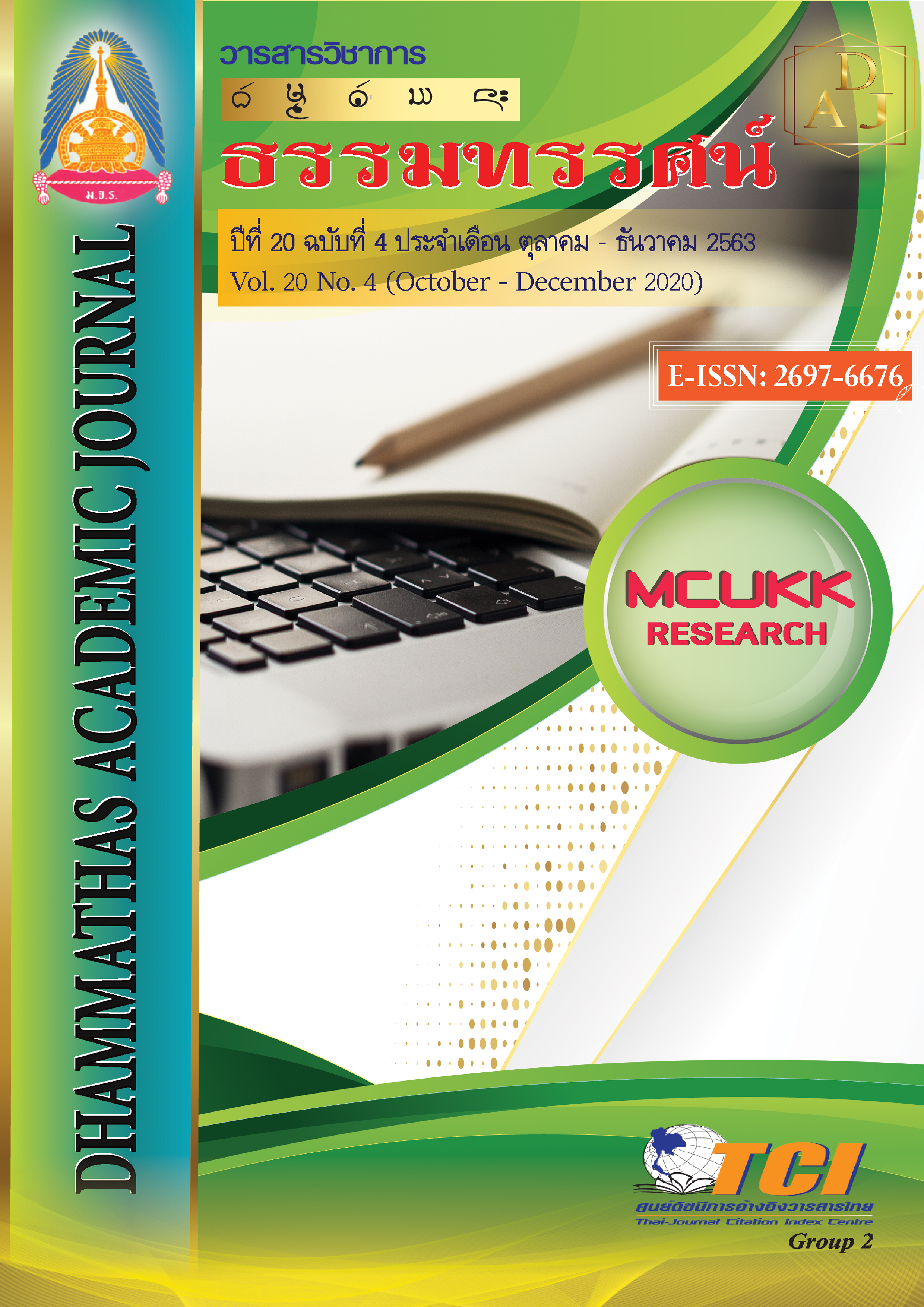กฎหมายรัฐธรรมนูญไทยกับการขัดแย้งหลักเสรีนิยมประชาธิปไตย
Main Article Content
บทคัดย่อ
การเปลี่ยนแปลงการปกครองจากระบอบสมบูรณาญาสิทธิราชย์มาเป็นระบอบประชาธิปไตย เมื่อวันที่ 24 มิถุนายน พ.ศ. 2475 คนไทยในยุคปัจจุบันคงทราบดีว่า ดร.ปรีดี พนมยงค์ ได้กล่าวสุนทรพจน์ไว้ในคราวเปลี่ยนแปลงการปกครองที่แสดงถึงวัตถุประสงค์และเจตนาของคณะราษฎรในเรื่อง “คณะราษฎรกับการอภิวัฒน์ประชาธิปไตย” ที่เปลี่ยนการปกครองในระบอบประชาธิปไตยในหลักการที่รับรองสิทธิเสรีภาพขั้นพื้นฐานของประชาชน รัฐบาลมาจากการเลือกตั้งและให้พระมหากษัตริย์อยู่ภายใต้รัฐธรรมนูญนี้คือเจตนารมณ์ที่แท้จริงของ “คณะราษฎร” ที่ต้องการส่งเสริมสิทธิเสรีภาพในการปกครองของประชาชน โดยประชาชน เพื่อประชาชน ปัญหาที่ตามมาได้มีการต่อต้านจากกลุ่มคนที่ต้องสูญเสียผลประโยชน์ในทางการเมืองการต่อต้านจึงเกิดขึ้น “คณะกู้บ้านกู้เมือง” โดยพระองค์เจ้าบวรเดช เมื่อเดือนตุลาคม พ.ศ. 2476 วัตถุประสงค์ของบทความนี้ เพื่อเปรียบเทียบโครงสร้างในกฎหมายรัฐธรรมนูญทุกฉบับที่บังคับใช้ว่ามีบทบัญญัติขัดแย้งกับหลักเสรีนิยมประชาธิปไตยอย่างไร จึงต้องศึกษาเอกสารกฎหมายรัฐธรรมนูญไทย จำนวน 20 ฉบับที่บังคับใช้ (รวมทั้งฉบับ 2560 อีกด้วย) ทำให้ทราบว่าบทบัญญัติในรัฐธรรมนูญทุกๆ ฉบับ มีสภาพปัญหาขัดแย้งหลักเสรีนิยมประชาธิปไตย อาทิเช่น ไม่คำนึงถึงการรับรองสิทธิขั้นพื้นฐานของประชาชน หลักความเสมอภาคในกฎหมายที่ไม่ให้พระมหากษัตริย์อยู่ภายใต้รัฐธรรมนูญ เป็นต้น
การปฏิวัติรัฐประหารในระยะเวลา 82 ปี (พ.ศ. 2557) มีจำนวน 25 ครั้ง ถือได้ว่าเป็นกลุ่มอำนาจนิยมมีอำนาจเบ็ดเสร็จเด็ดขาดเหนือรัฐ โดยไม่คำนึงถึงสิทธิเสรีภาพของประชาชนหรือการมีส่วนร่วมทางการเมือง การเปลี่ยนแปลงระบอบการปกครองนับเมื่อปี พ.ศ. 2475 ได้มีการต่อต้านกลุ่มคณะราษฎรตลอดมาและแสดงให้เห็นว่าพระราชอำนาจได้กลับคืนมาในรัฐธรรมนูญ ฉบับชั่วคราว พ.ศ. 2490 ที่กลุ่มอำนาจนิยมได้สร้างยุทธศาสตร์ให้ประชาชนชาวไทยและสังคมโลกได้เห็นว่า เป็นความแตกแยกของนักการเมืองจากกรณีสวรรคตของรัชกาลที่ 8 และสร้างรัฐธรรมนูญที่เป็นภาพว่าเราเป็นเสรีนิยมประชาธิปไตยที่ปกปิดความจริงไว้เท่านั้น
Article Details
เอกสารอ้างอิง
Boonchalermwipas, S. (2000). The Thai Legal History. (2nd ed.). Bangkok : Winyuchon Publisher.
Chumpa, M. (2014). Principle of Constitutional Law. (2nd ed.). Bangkok : Nitidhamma Publisher.
Jaijing, N. (2005). Deconstruct 1932: Real Dream of True Blue-Blooded Idealist. Art & Culture magazine, 27(2), 78-117.
Kerdvichai, N. (1998). Constitution of the Kingdom of Thailand, B.E. 2540 (1997). Bangkok : Dok Ya Publisher.
Ministry of Science and Technology. (2017). The heritage from Space. Bangkok : Aroonkarnpim Ltd., Part.
Pakeerut, W. (2014). Doctrine on Constitution and Principle of Public Law. (2nd ed.). Bangkok : Duean Tula Publisher.
Pakeerut, W. (2018). History, Forensics, Philosophy. Bangkok : Pappim Publisher.
Setthabutt, N. (1999). Document on Examining Constitution Draft 10 December 1932. Bangkok : Thammasat University Press.
Sawangsak, Ch. (2013). Public Law. Bangkok : Duen Tula Publisher.

